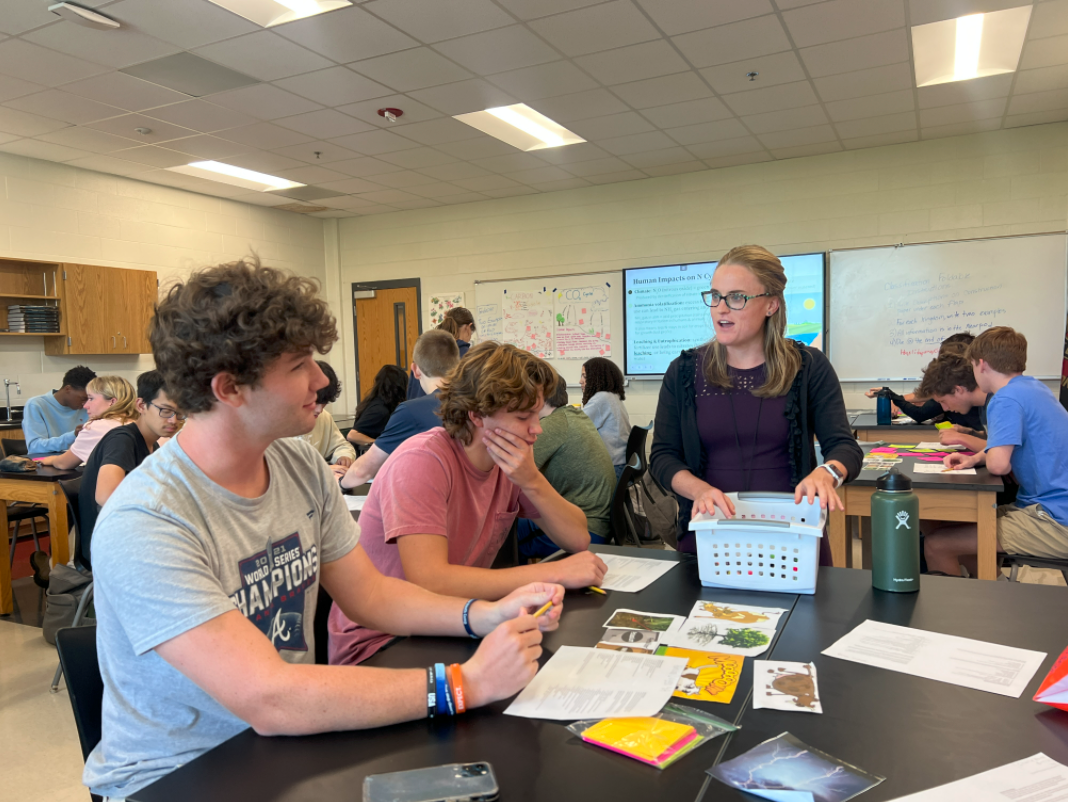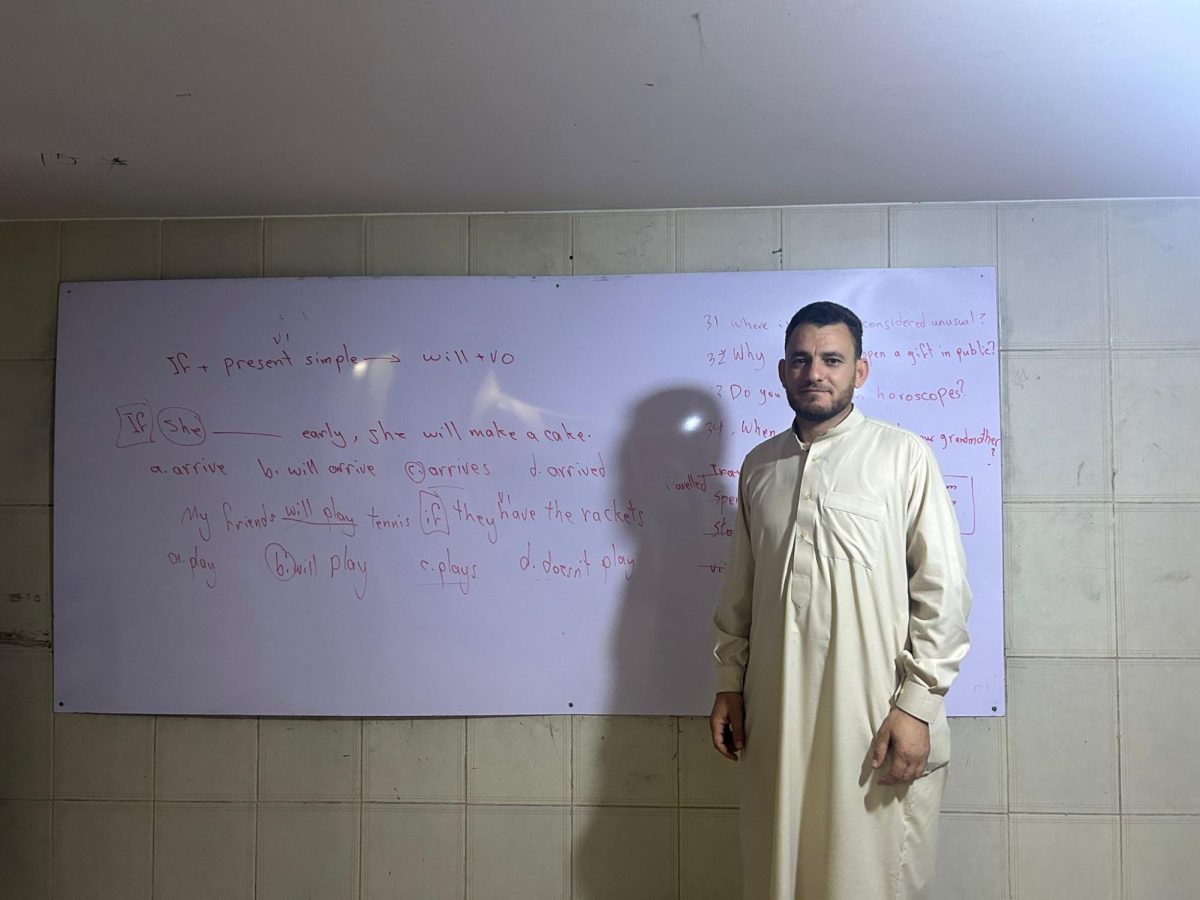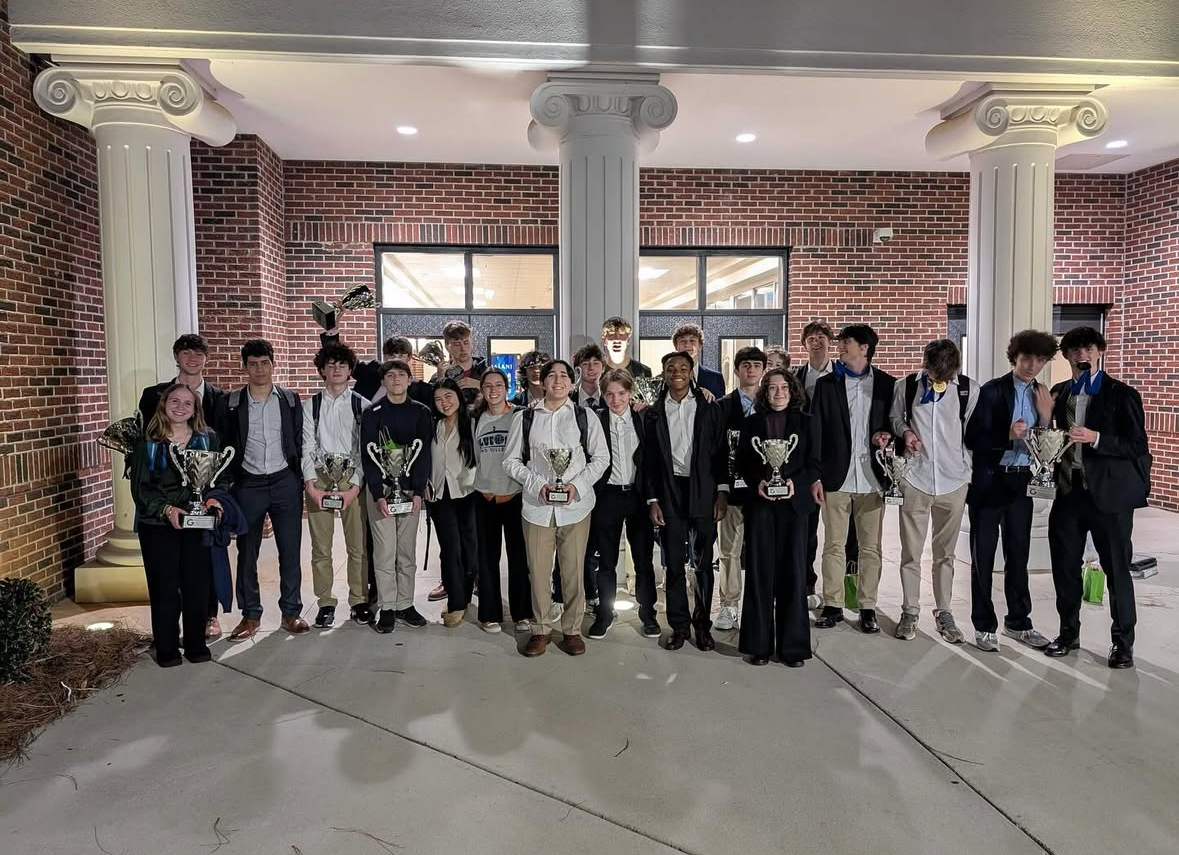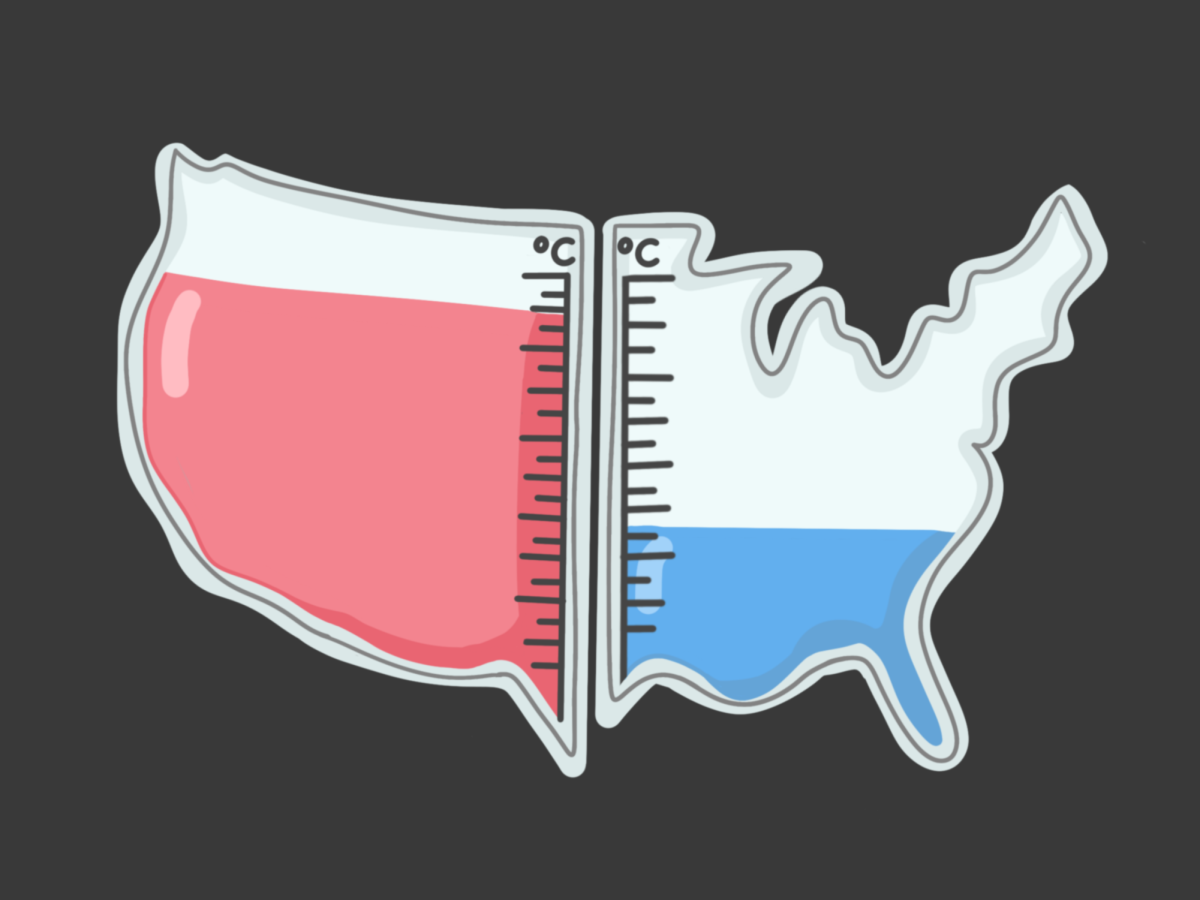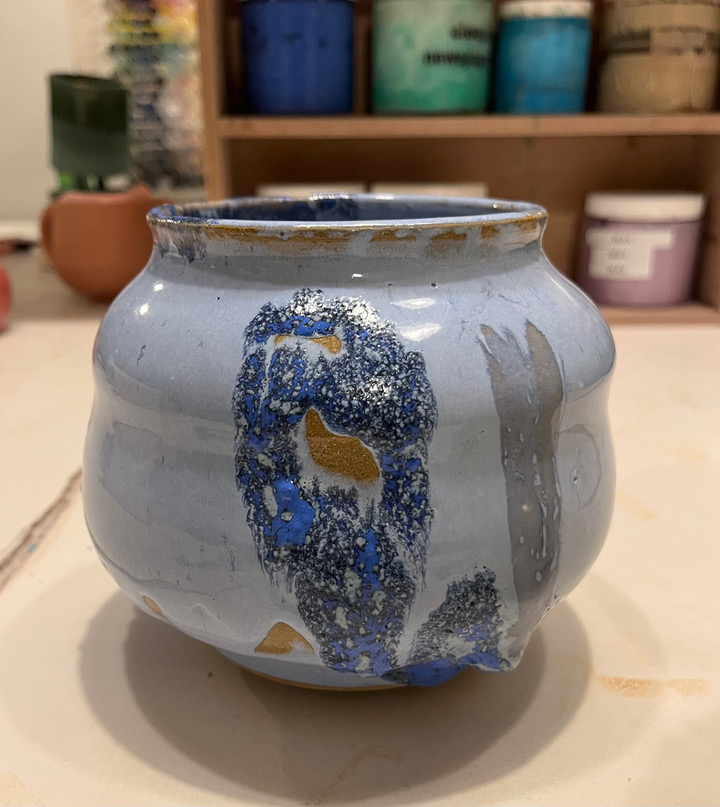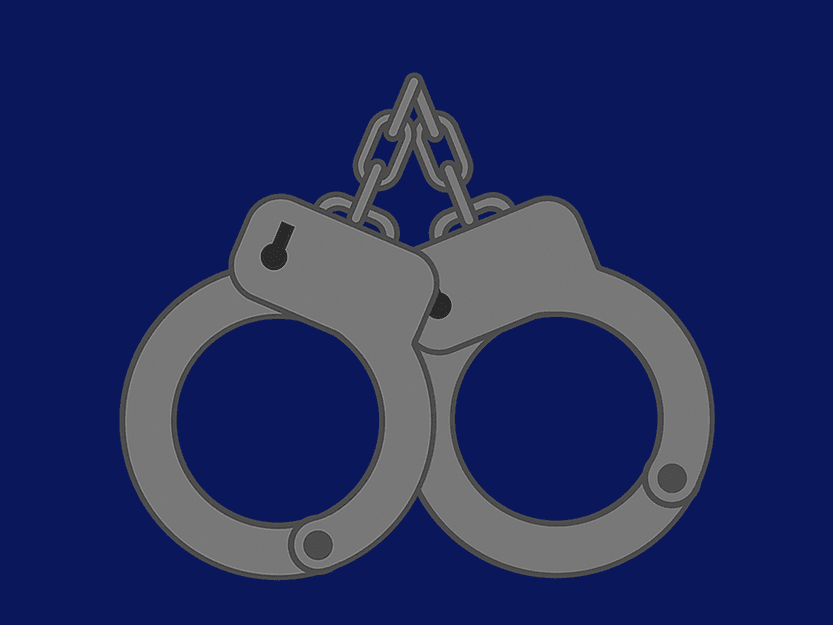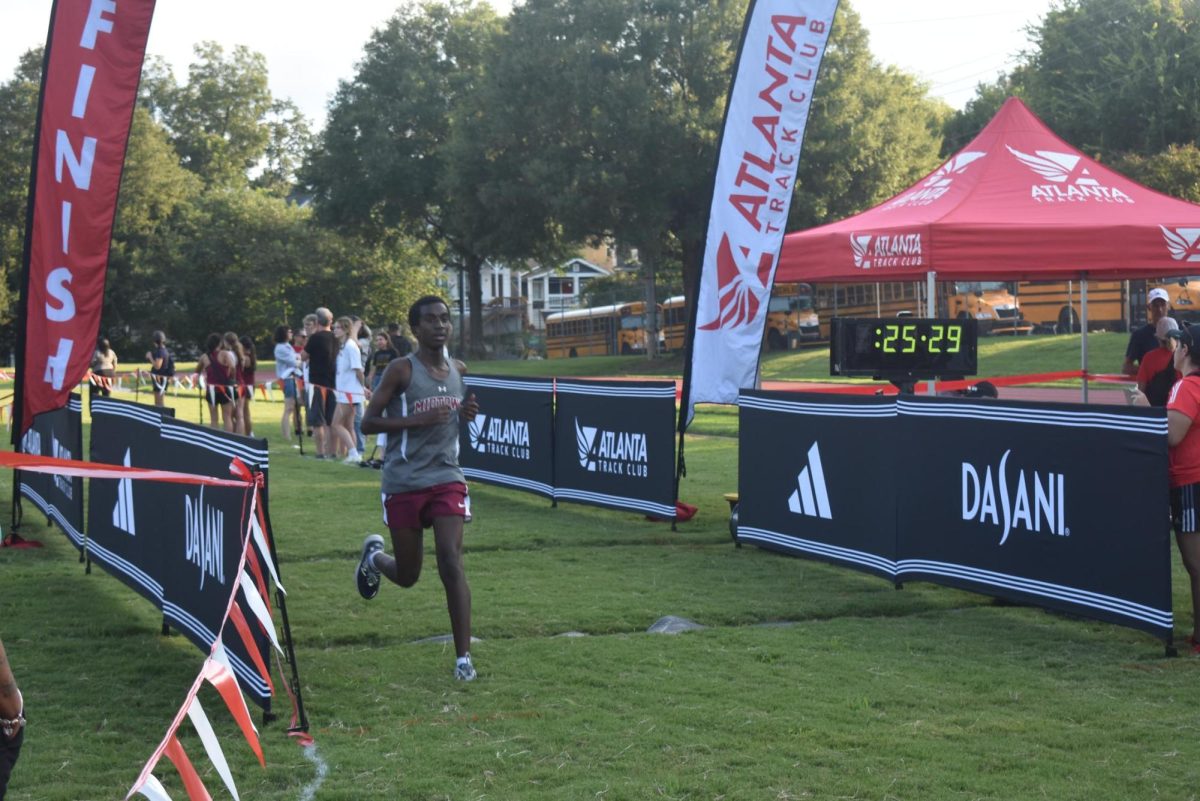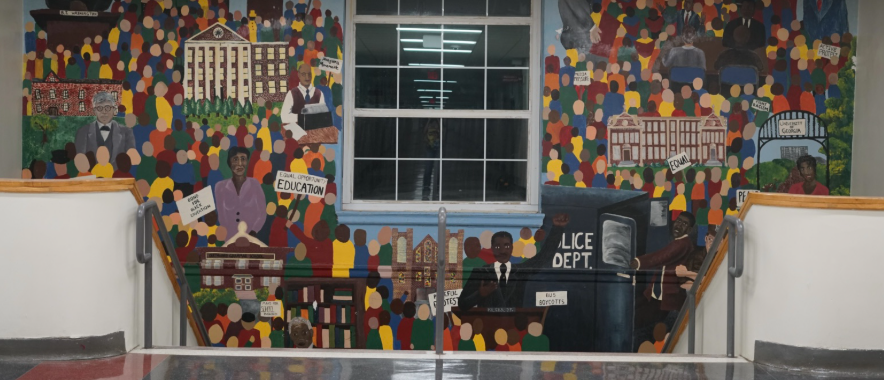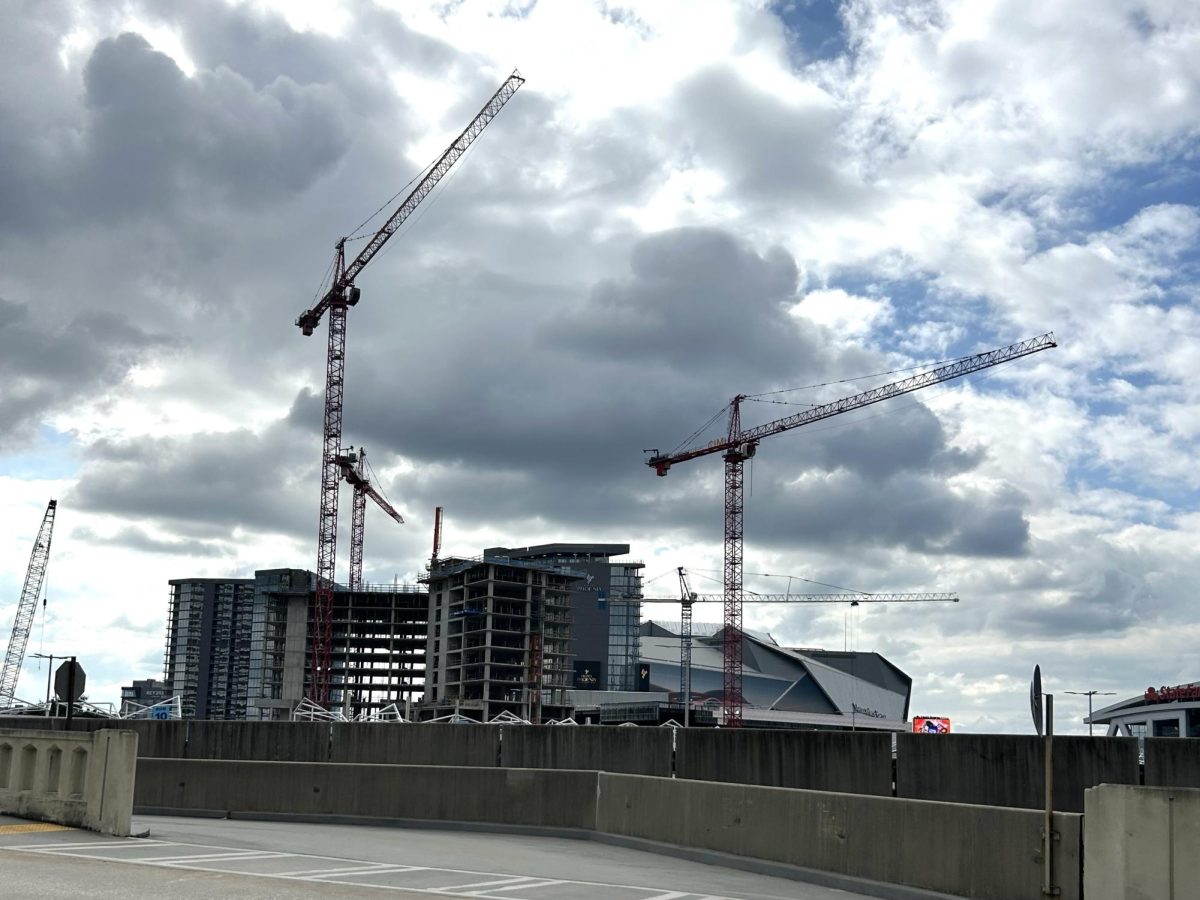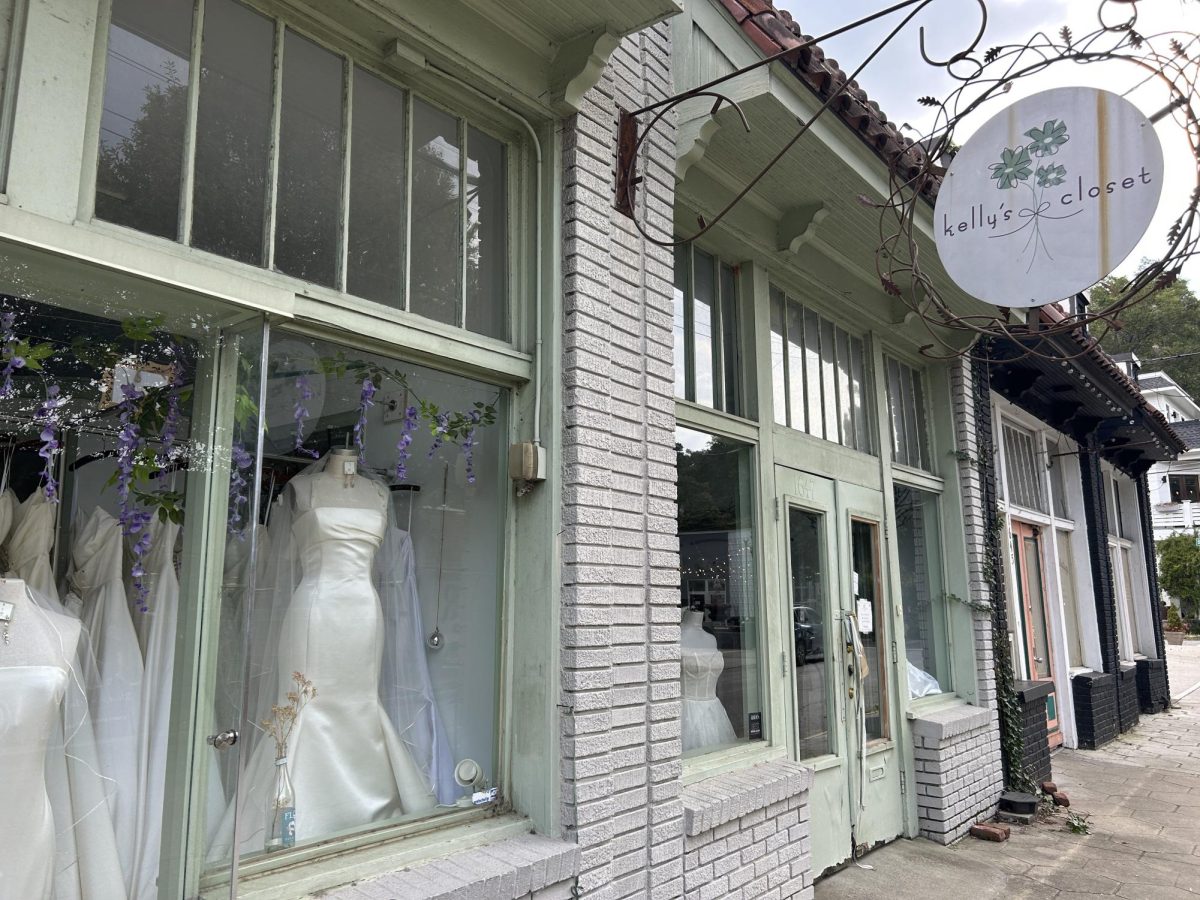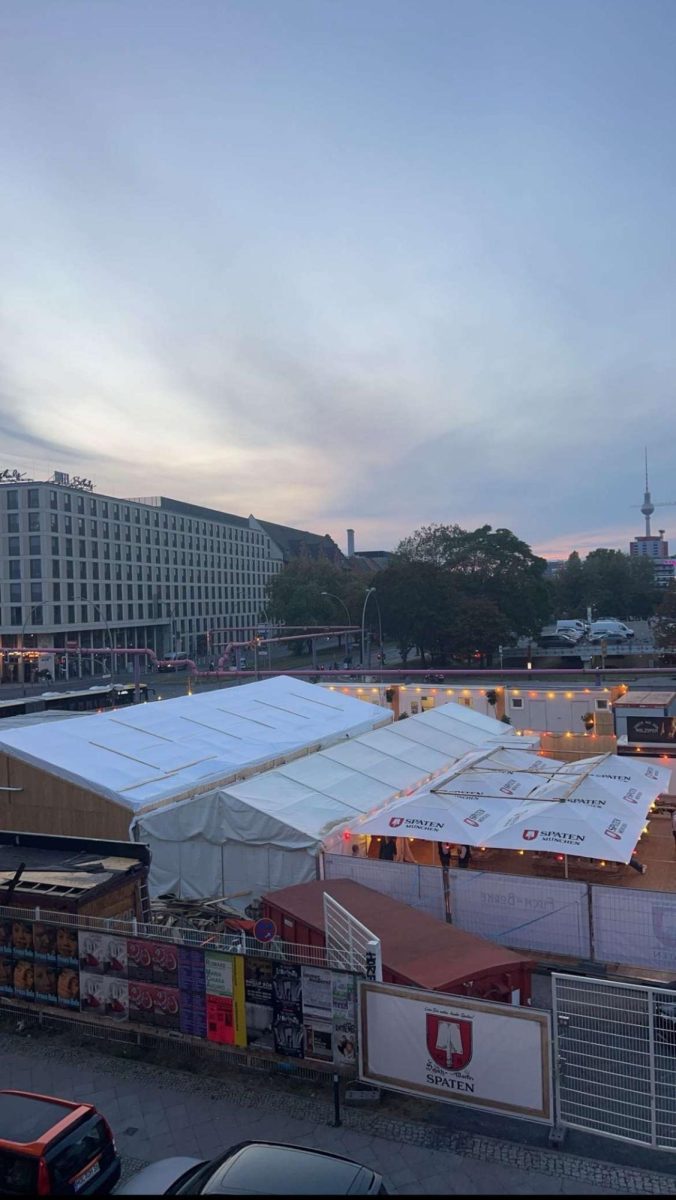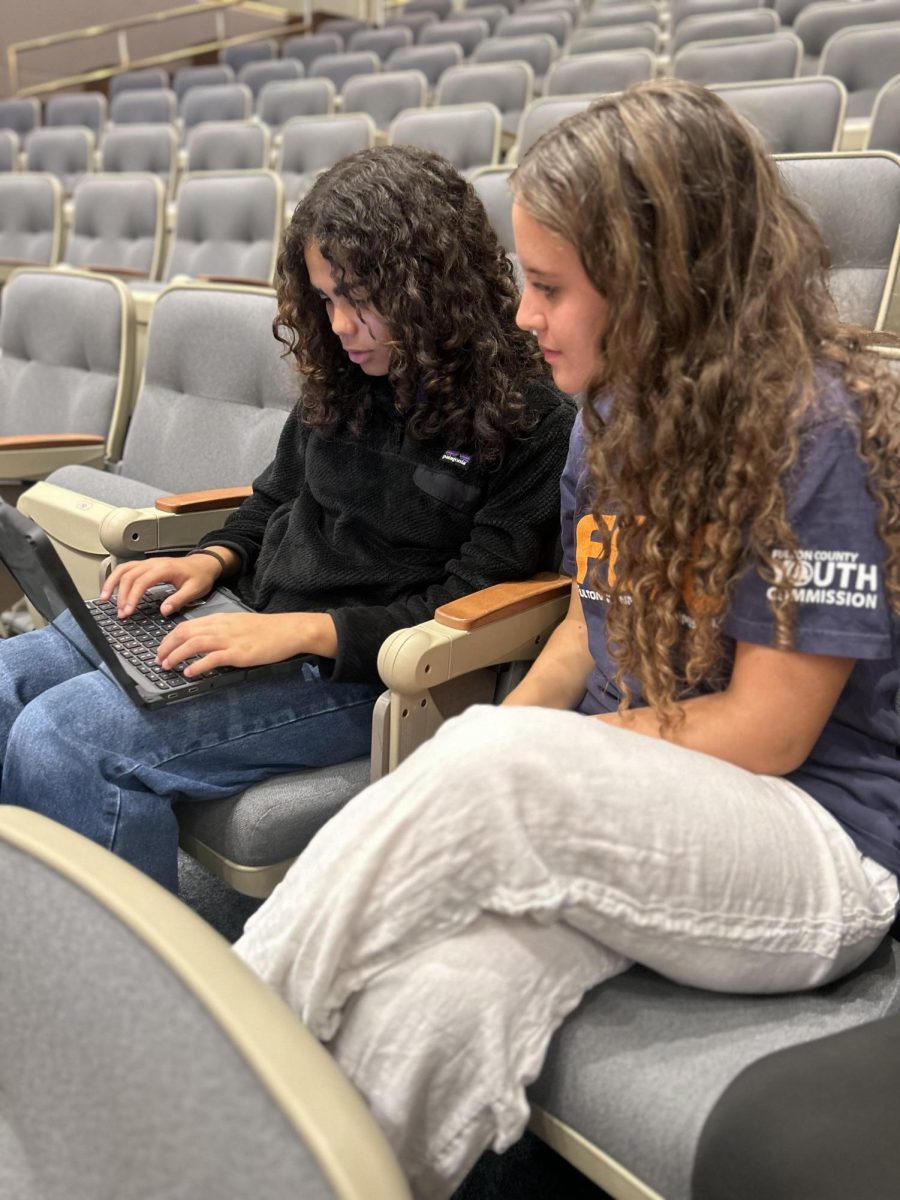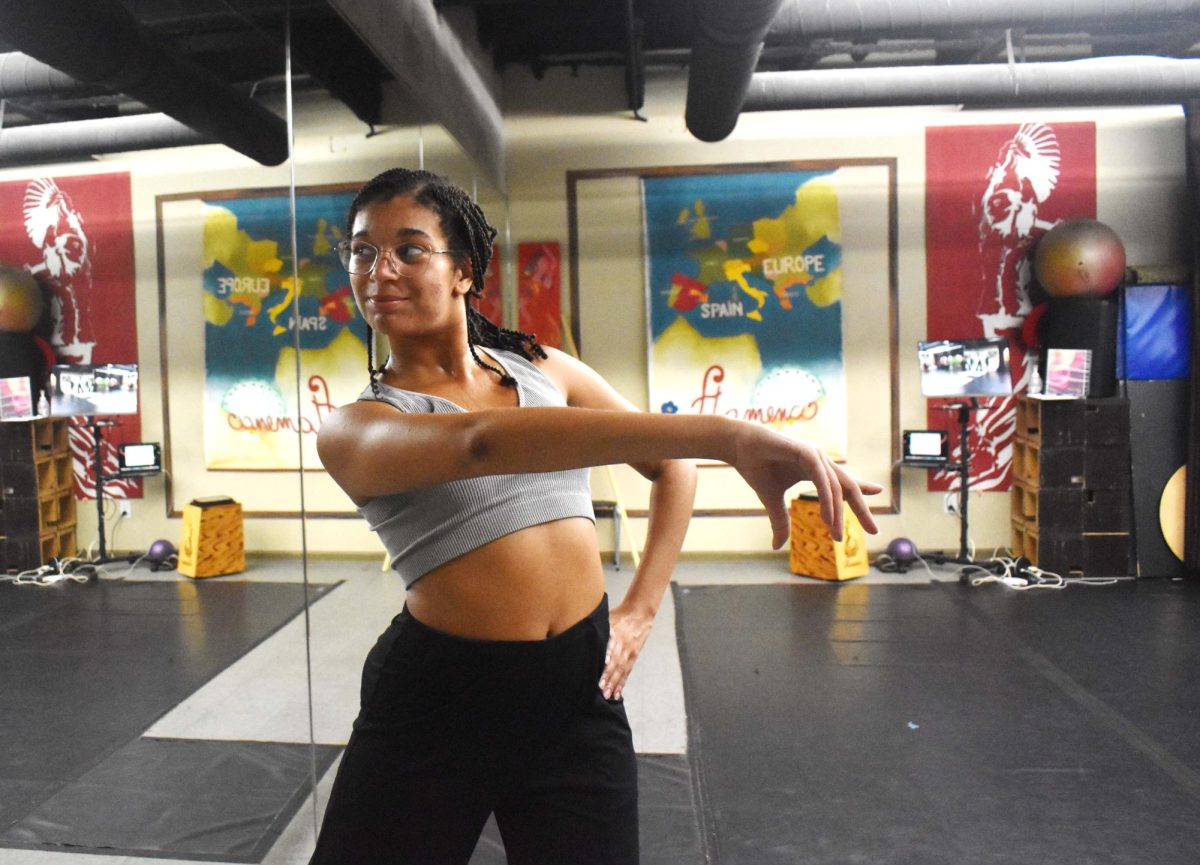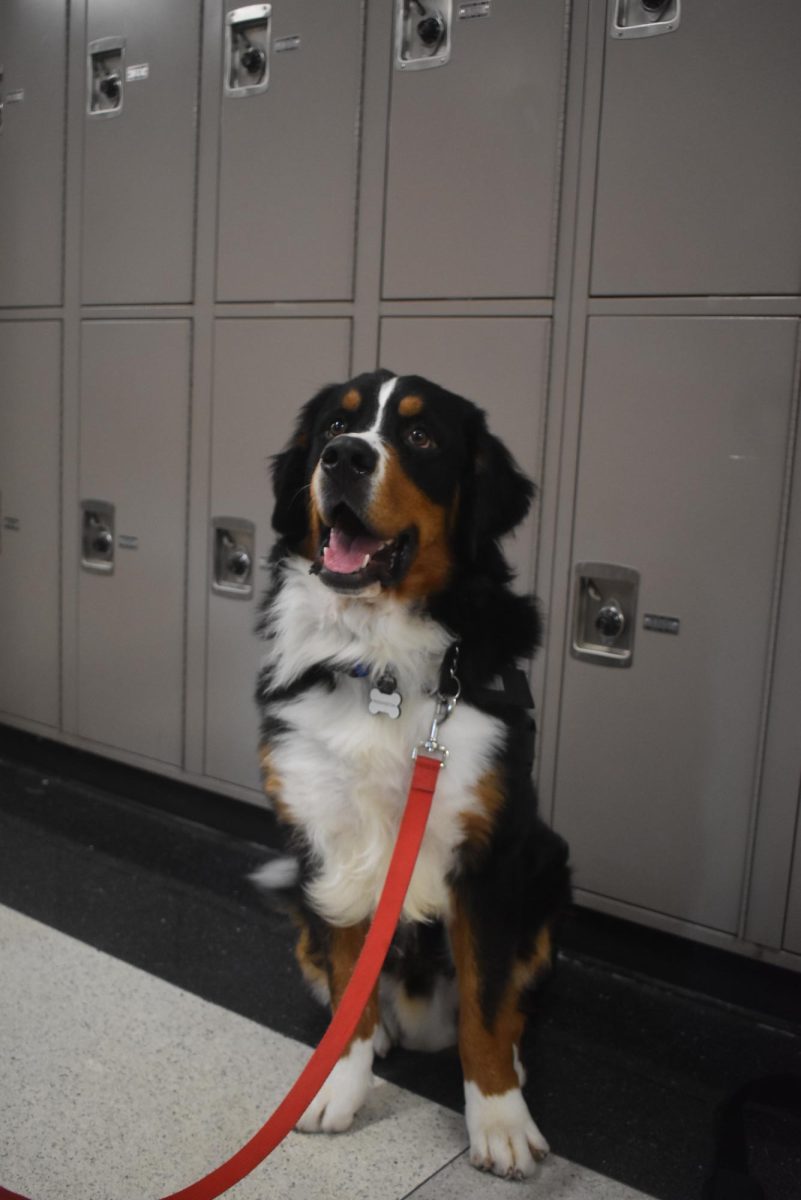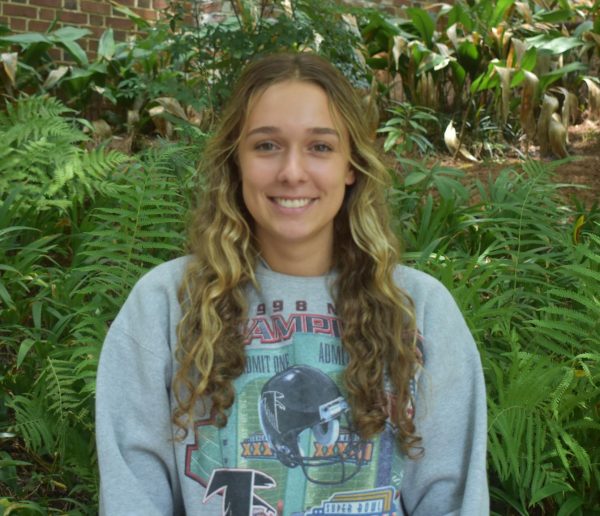Immersed in a lab, attempting to pick up beads with straws and tape to symbolize the issue of overfishing, students never have a dull day in Laura Rogers’s AP Environmental Science class.
Rogers is new to the Midtown staff this year, teaching AP Environmental Science (APES) and Biology. Prior to Midtown, she taught science at Rockdale Magnet School for Science and Technology and Fayette County High School. However, she didn’t initially begin her career as a teacher.
“I worked in a lab for a little while; so, I was an environment engineer and scientist,” Rogers said. “I got to go out in the field; so, I got to go to Peru and Bolivia. I liked being able to travel and see the world.”
After realizing her passion for teaching, Rogers transitioned out of working in the lab.
“I thought I was going to get a Ph.D. in environmental engineering, but I liked teaching people in the lab more than I liked doing the lab work,” Rogers said. “To me, teaching allows me to show other students what you can do in the future, especially with science. Everything is what you see in real life.”
Rogers said she intends to focus more on interactive activities and working with students, rather than lecturing.
“I like students to be doing more than me,” Rogers said. “I want it to be hands-on. I want the students to actually be doing science, so I really focus on activities. My favorite resource to use is this website called Howard Hughes Medical Institute. It has real-life data sets and videos that they have collected from scientists all over the world.”
Students have enjoyed Rogers’ teaching style and classwork. Senior Eamon Walsh said he appreciates her focus on labs rather than notes.
“I like Ms. Rogers’ teaching style because it is very calculated, which allows us to spend class time doing fun labs and projects,” Walsh said. “Her style is dynamic, low-stress and enriching, unlike many other teachers who focus primarily on lectures.”
Freshman Abby Taylor, who takes biology, said Rogers designs lessons to students’ needs.
“I like how Ms. Rogers is very interactive with the students and always there walking around to help with the work we are doing,” Taylor said. “She also gives us tasks one by one to help us understand the work better because everyone has a different style of learning.”
APES focuses on both the study of the environment and human interaction with the environment. Walsh said his concerns about the environment were a driving factor in deciding to take the class.. He said he hopes to apply what he learns in class to help combat climate change in his own life.
“APES teaches students not only about the climate crisis but also about the world around us,” Walsh said. “This will create a greater appreciation for our planet, and hopefully, inspire the next generation of problem solvers and environmentally-conscious individuals.”
Walsh hopes others will also gain a greater understanding of how to take care of the environment by taking this class.
“Environmental Science is more important now than ever before as climate change encroaches upon us,” Walsh said. “I am looking forward to learning about the different environmental problems that we are facing, and how we can solve them.”
In previous years, AP Biology and biology teacher Mike Sanderson taught AP Environmental Science. With Rogers in his place, Sanderson said he is looking forward to seeing how she will impact the science department.
“I’m really excited about the new APES teacher,” Sanderson said. “She has been teaching for a long time, and she has a lot of really great ideas; so, she’s going to do a lot of great stuff this year. She was very comfortable with the team, and she knew exactly what she needed to do.”
Rogers has found the course has evolved since she took in high school. She said she looks forward to finding innovative ways to teach the material.
“I took APES when I was in high school, and I think teaching it now is very different,” Rogers said. “Students have a better idea of what’s happening in the environment. It’s more in the news, and it’s just very important to know what’s happening to our planet and how we can make it a better place.”

